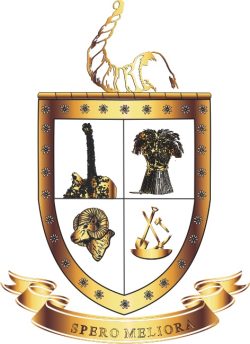Namaqua People

Drawing of the Namaqua people made by Charles D.Bell
It illustrates the uses of cattle as riding animals and the typical mat house. Cattle were important in the culture of the Namaqua. Their food consists of milk and meat from hunting and domestic animals augmented with edible plants and animal products collected in the veld, called “veldkos”.
Charles D. Bell was a man of many talents who visited Namaqualand in the 1830’s when he made these drawings. In 1848 he was appointed surveyor-general of the Cape Colonial government. He visited Namaqualand and Steinkopf, in 1854. He said the following of the people of Steinkopf, which he called “Kookfontein” and their land rights: “Their right of occupation of the ground rested on the rights allocated by the old chiefs of the Little Namaquas or by the Namaqua right from time immemorial, which occupation was in force at the time of the annexation of their country.”
